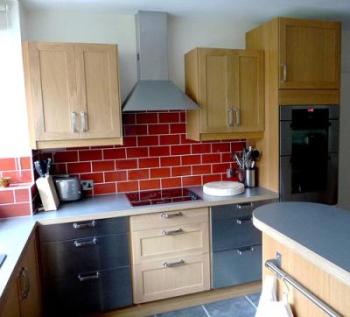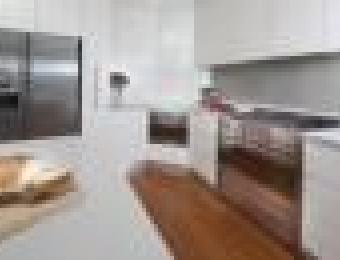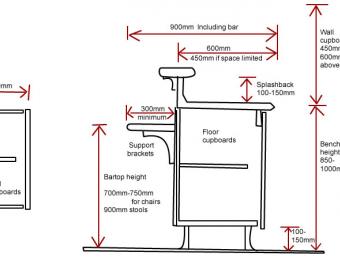
If you don’t have the budget for a custom kitchen, flat pack kitchens are very cheap alternative that can be extensively customised to meet your needs and fit your space.
What are flat pack kitchens?
Flat pack kitchens derive their name from the style of furniture made famous by a certain well-known Scandinavian furniture manufacturer. The term ‘flat pack’ refers to the fact that the furniture comes completely unassembled, and packed completely flat in boxes for easy storage and shipping.
In addition to generally using less costly materials than other types of kitchens, flat pack kitchens also offer the opportunity to save costs on labour and assembly. If done right, flat pack kitchens can save you many thousands of dollars.
The components of the flat pack kitchen are precisely cut and drilled to size, and must then fit them together like pieces of a jigsaw puzzle. Flat pack kitchens normally include all cabinetry, fittings, handles, drawer runners and benchtops.
Shapes and material choices
The components for flat pack kitchens will normally be cut and packaged together by the manufacturer according to your size specifications and material choices. These types of kitchens are available in standard or custom sizes, which means your appliances and benchtops will fit your specifications.
They also come in a range of designs and shapes, so you can choose to install a U-shaped kitchen, an L-shaped kitchen, a G-shaped kitchen, a galley kitchen or any variation thereof.
Assembling flat pack kitchens
To put a flat pack kitchen together you normally don’t need to much more than a screw driver and an Allen key. They come with detailed instructions, and if you’re handy, are reasonably easy to put together.
While flat pack kitchens do encourage a bit of DIY effort, you’re still likely to need a builder to help ensure that the kitchen meets all the necessary Australian Standards and building regulations. Likewise, all of the roughed-in gas and electrical fittings and plumbing will need to be installed by qualified, licensed plumbers and electricians.
Flat pack kitchen tips:
Below are some basic considerations to keep in mind when considering a flat pack kitchen:
- Are modules in the way of gas fittings or windows?
- Is the sink where it’s supposed to be?
- Have you measured everything accurately: from wall to wall? Get a builder to double check.
- Do you need a custom cut kitchen, or will your space accommodate standard sizes?
- When accounting for where your appliances will go, have you left room for adequate ventilation?
- Is the kitchen you’ve chosen a modular design that allows you to change things around?
- Have you considered calling a builder to help remove the old kitchen?
- Have you allocated enough time to complete the project?





